News
-
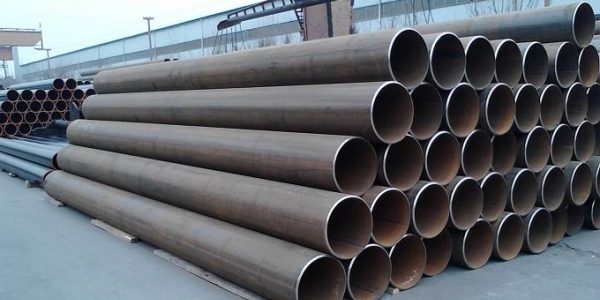
LSAW Pipe Manufacturing Process
The manufacturing process for LSAW pipes can be divided into two methods: UOE and JCOE. These methods have distinct characteristics. UOE Pipe Manufacturing Process UOE is a formingprocessing method used for production of large diameter longitudinally welded pipe. Three Main Forming ...Read more -
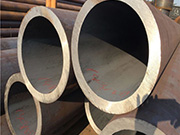
How to cool large diameter steel pipe after quenching process?
Steel pipes are not only used to transport fluids and powdery solids, exchange heat energy, and make mechanical parts and containers, but they are also a kind of economical steel. Using steel pipes to make building structural grids, pillars, and mechanical supports can reduce weight, save 20-40% ...Read more -
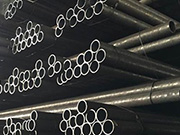
Surface treatment of steel pipes after welding after stainless steel re-rolling
The properties of stainless steel are obtained through the unique alloy composition, in which chromium plays a leading role. Chromium combines with oxygen to form an extremely thin and extremely hard chromium oxide film, which protects the underlying stainless steel. In the presence of a chromium...Read more -
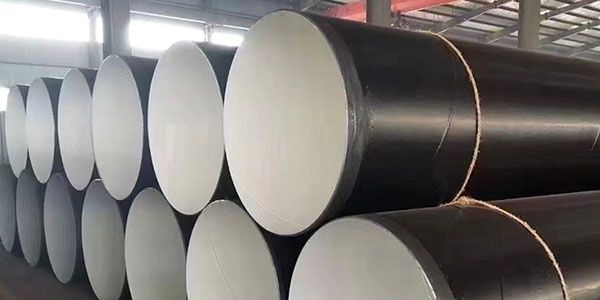
The Main Advantages Of Epoxy Resins In Corrosion Protection And Thermal Insulation
The advantages of epoxy resin: 1. The curing temperature range for the epoxy resin system is 0-180℃, making it convenient for curing. 2. Epoxy resin provides strong adhesion due to its low shrinkage and internal stress, which improves adhesive strength. 3. The curing process of epoxy resin result...Read more -
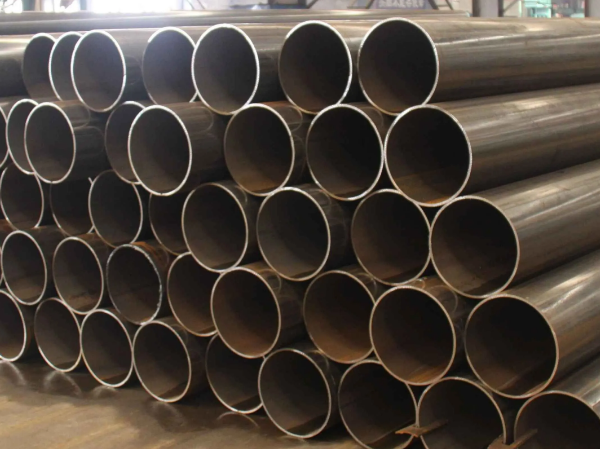
ASTM A53 ERW Steel Pipe
ASTM A 53 Type E is a standard of ERW (Electric Resistance Welded) pipe material, which can be divided into Grade A and Grade B. Chemical Requirements of ASTM A53 ERW Steel Pipe Type E (electric resistance welded) Chemical Content Grade A Grade B Carbon max. % 0.25 0.30* Manganese max....Read more -
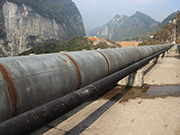
What are the causes and detection methods of oil and gas steel pipeline leaks
There are many reasons for steel pipeline leakage, which can be mainly divided into three categories: corrosion perforation, fatigue rupture, and external force damage. Although corrosion control measures can significantly slow corrosion, they cannot prevent it. When cathodic protection is insuff...Read more
